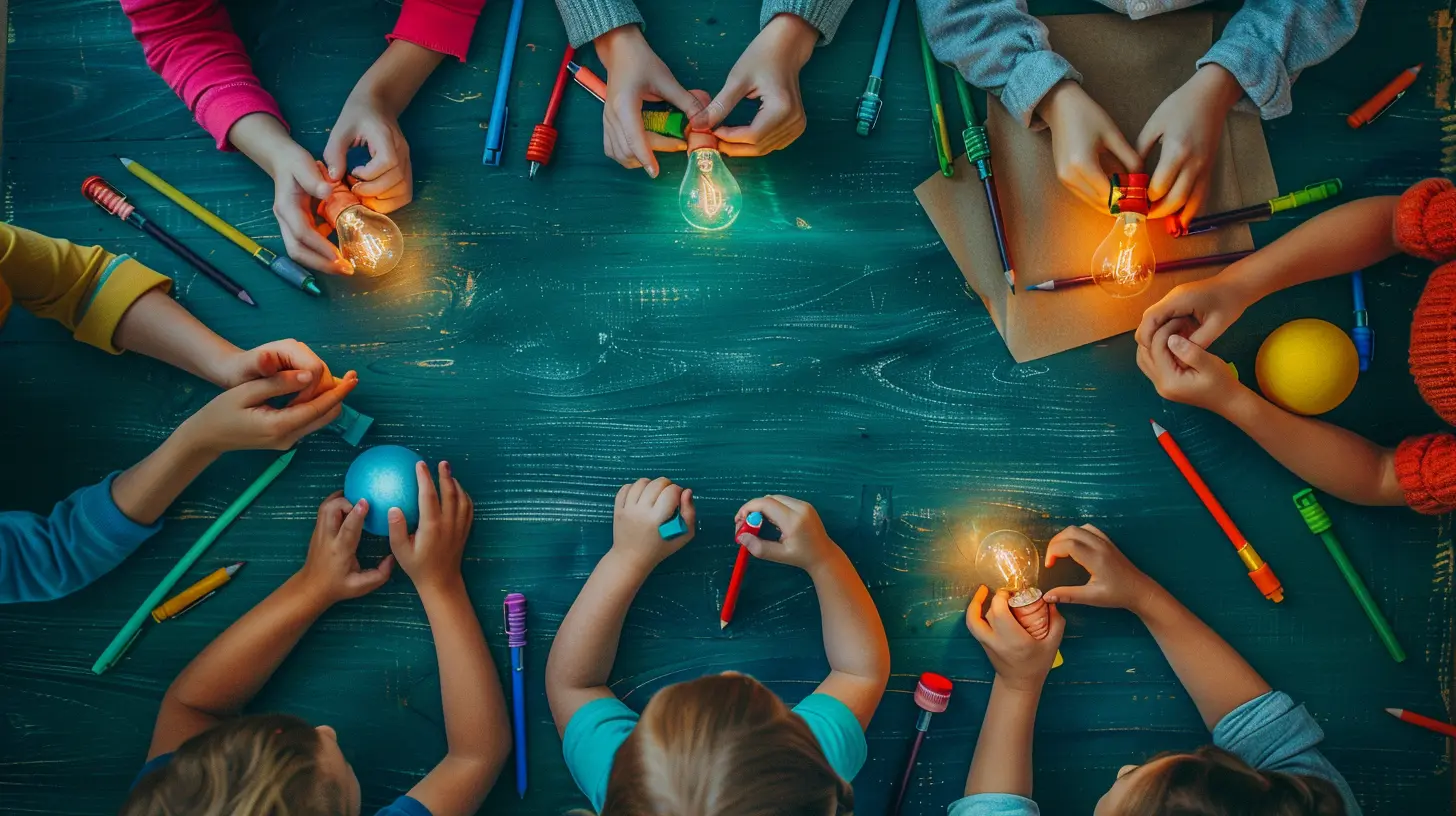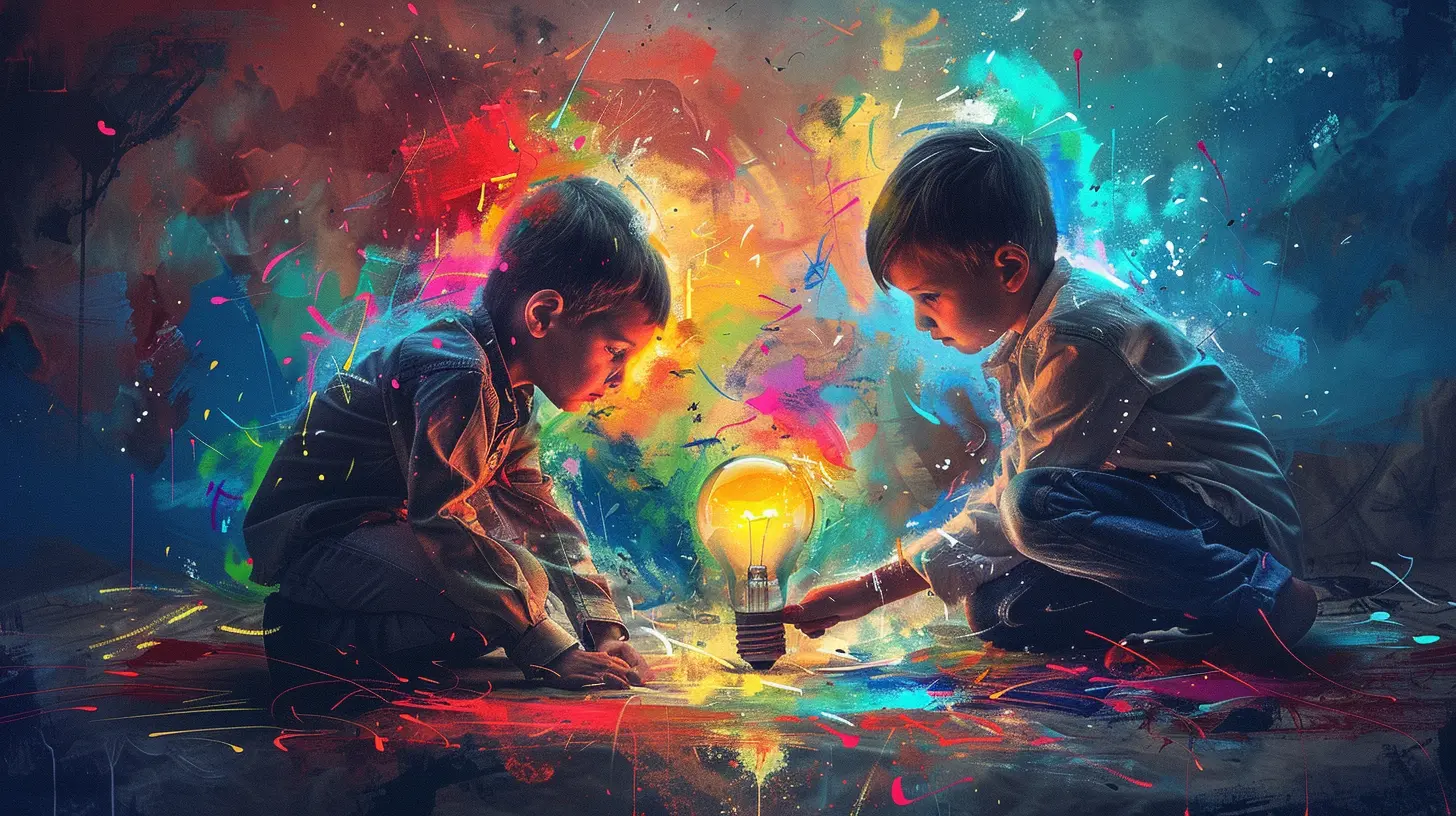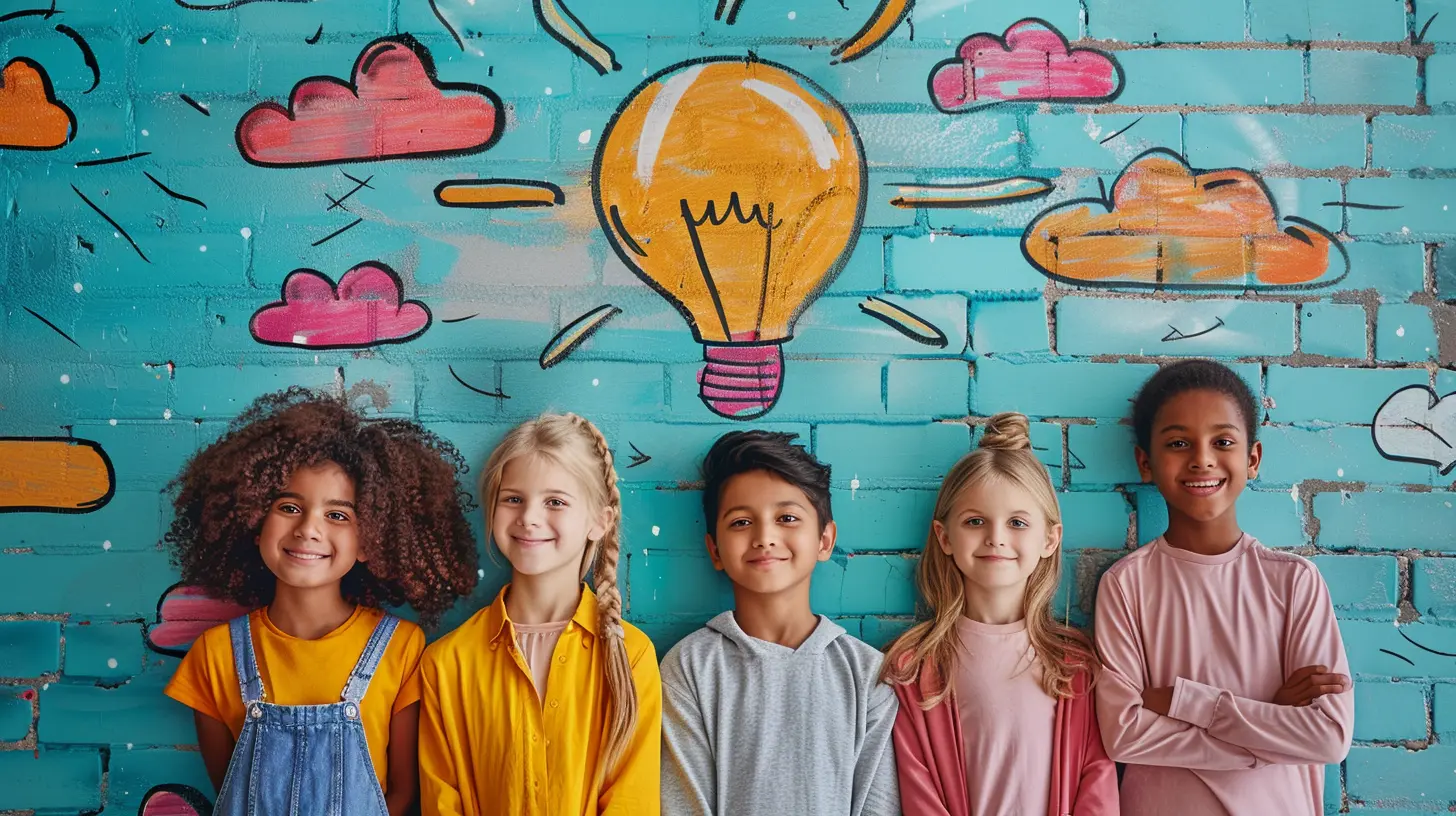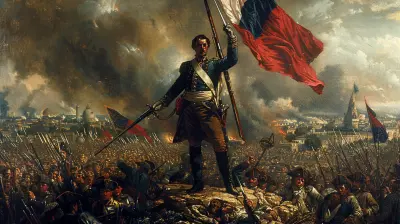Encouraging Creative Collaboration Among Students
5 November 2025
Collaboration is a powerful tool for learning, and when combined with creativity, it transforms into something truly magical. Imagine a classroom where students bounce ideas off each other, build upon one another's strengths, and create something greater than they could alone. That’s the beauty of creative collaboration.
But how do we encourage this among students? In a world where individual achievements are often prioritized, fostering teamwork and innovation requires intentional effort. In this article, we’ll dive into why creative collaboration matters, how to cultivate it, and practical ways to implement it in the classroom. 
Why Is Creative Collaboration Important?
We often hear that teamwork is an essential life skill, but why is creative collaboration particularly valuable?1. Enhances Problem-Solving Skills
When students work together creatively, they approach challenges from multiple perspectives. Instead of relying on one way of thinking, they explore alternative solutions, leading to more innovative and effective results.2. Develops Communication Skills
Expressing ideas, listening to others, and refining thoughts based on feedback—these are invaluable skills that students develop through collaboration. They learn to articulate their ideas clearly and navigate discussions with respect.3. Builds Confidence and Social Skills
For students who might shy away from speaking up, working in a team creates a supportive environment. Engaging with peers boosts self-esteem and fosters friendships, making learning more enjoyable.4. Prepares for the Future Workforce
The modern workplace thrives on teamwork. Whether in business, technology, or creative fields, collaboration is at the heart of success. Encouraging these skills early on gives students a competitive edge in their future careers.
How to Foster Creative Collaboration in the Classroom
Encouraging teamwork and creativity doesn't happen overnight, but with the right strategies, you can cultivate a classroom culture that embraces both.1. Create a Safe and Supportive Environment
Before students feel comfortable sharing their ideas, they need to feel safe from judgment. Foster a culture where all ideas are valued, mistakes are learning opportunities, and diversity of thought is celebrated.Encourage open discussions and teach students how to give constructive feedback. The goal is to make collaboration a fun and enriching experience rather than a stressful competition.
2. Incorporate Group Projects with Open-Ended Outcomes
Rather than assigning rigid tasks with one correct answer, let students work on projects that encourage creativity. Whether it's a science experiment, a story, or a group presentation, give them room to explore various approaches.For example, instead of asking, "Create a poster about climate change," reframe it as, "Design an engaging project to raise awareness about climate change. It could be a video, a play, a podcast, or something entirely different!"
3. Mix Up Group Dynamics
Students tend to stick with familiar friends, but real growth happens when they work with different personalities. Rotate groups frequently, pairing students with various strengths and backgrounds.At times, placing students with different skill sets together—such as an artist, a writer, and a strategic thinker—can produce truly brilliant results.
4. Utilize Technology for Collaboration
Digital tools make teamwork easier than ever. Platforms like Google Docs, Padlet, and Trello allow students to brainstorm, edit, and refine their ideas together, even outside the classroom.For instance, if students are writing a group research paper, Google Docs enables real-time collaboration with easy access to track changes, comment, and edit collectively.
5. Provide Creative Constraints
It may sound counterintuitive, but limitations often fuel creativity. Give students a challenge with specific constraints—such as creating a short film with only paper cutouts or designing a game using only recycled materials.Constraints force students to think outside the box, leading to unexpected and resourceful solutions.
6. Encourage Brainstorming Sessions
Sometimes, the best ideas come from spontaneous discussions. Host regular brainstorming sessions where students can throw out ideas without fear of judgment. Use techniques like mind mapping, rapid ideation, or free-writing exercises to get the creativity flowing.A great way to begin is by posing an open-ended question, such as: “What if we had to live underwater? How would our society function?” Let students share their wildest ideas without restrictions.
7. Celebrate the Process, Not Just the Outcome
Too often, we focus only on the final product—the essay, the project, the presentation. But what about the process? Highlight the teamwork, problem-solving, and creative thinking that went into the work.Publicly recognize collaboration efforts and emphasize that success isn't just about a polished result but about the journey of creating together.
8. Use Role-Playing and Simulations
Bringing creativity into real-world scenarios helps students develop teamwork skills in an engaging way. Role-playing activities, such as mock trials, business pitches, or storytelling games, provide interactive experiences that require collaboration.For example, assign students various roles in a mock United Nations debate. It forces them to work together, understand different viewpoints, and develop a collective strategy.
9. Encourage Peer Teaching
One of the most effective ways to solidify learning is by teaching others. Assign students topics to master and then have them teach their peers in creative ways—whether through skits, visual presentations, or interactive workshops.Not only does this reinforce subject matter, but it also strengthens communication skills and builds a culture of shared knowledge.
10. Reward Collaborative Efforts
To truly embed collaboration into the classroom culture, recognize and reward teamwork. Create an environment that values cooperation just as much as individual success.This could be as simple as a “Teamwork of the Month” award, shoutouts during class, or even small incentives for outstanding group work. The key is to make students feel proud of their collective accomplishments. 
Overcoming Challenges in Creative Collaboration
While collaboration has enormous benefits, it also comes with challenges. Here’s how to navigate potential roadblocks:1. Managing Conflicts
Disagreements are natural, but they shouldn't derail the project. Teach students conflict resolution strategies, such as active listening, compromise, and finding common ground.2. Balancing Workloads
Some students may contribute more than others. To ensure fairness, assign roles within groups, such as “researcher,” “designer,” or “presenter,” and rotate responsibilities over time.3. Encouraging Participation from Introverted Students
Not all students feel comfortable speaking up. Provide alternative ways to contribute, such as written thoughts, digital collaboration, or smaller breakout groups before larger discussions.4. Avoiding Groupthink
Sometimes, teams settle on the easiest idea without exploring alternatives. Encourage students to push beyond the first solution by asking, “What’s another way we could approach this?”
The Lasting Impact of Creative Collaboration
Fostering creative collaboration in the classroom doesn’t just enhance academic learning—it equips students with skills they’ll use for life. Whether they become engineers, artists, entrepreneurs, or educators, the ability to think creatively, work with others, and tackle challenges collectively will set them up for success.So, let’s create learning environments where ideas thrive, students inspire one another, and the magic of collaboration takes center stage. Because when we work together, the possibilities are endless.
all images in this post were generated using AI tools
Category:
Creativity In EducationAuthor:

Eva Barker
Discussion
rate this article
1 comments
Angie Hill
Great insights! Collaborative activities truly enhance creativity and strengthen student connections. Keep it up!
November 8, 2025 at 5:11 AM

Eva Barker
Thank you! I'm glad you found the insights valuable. Collaboration is key to fostering creativity and building strong connections among students!


